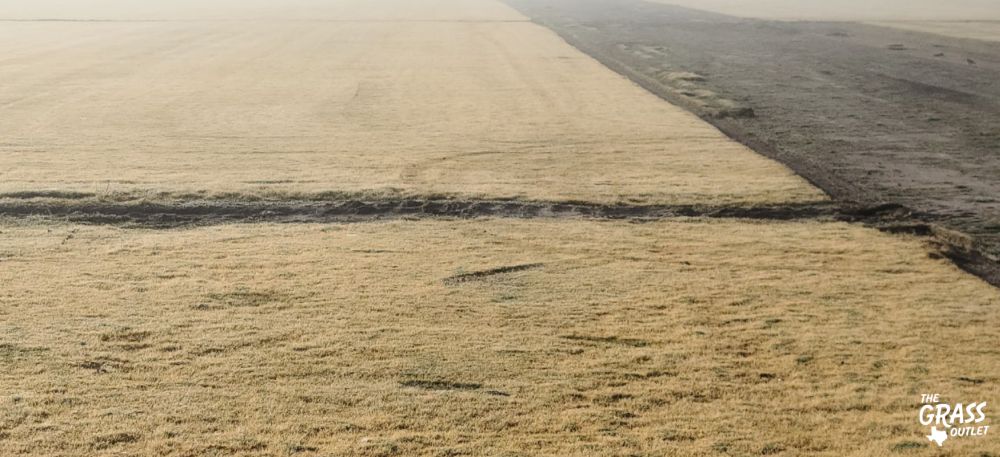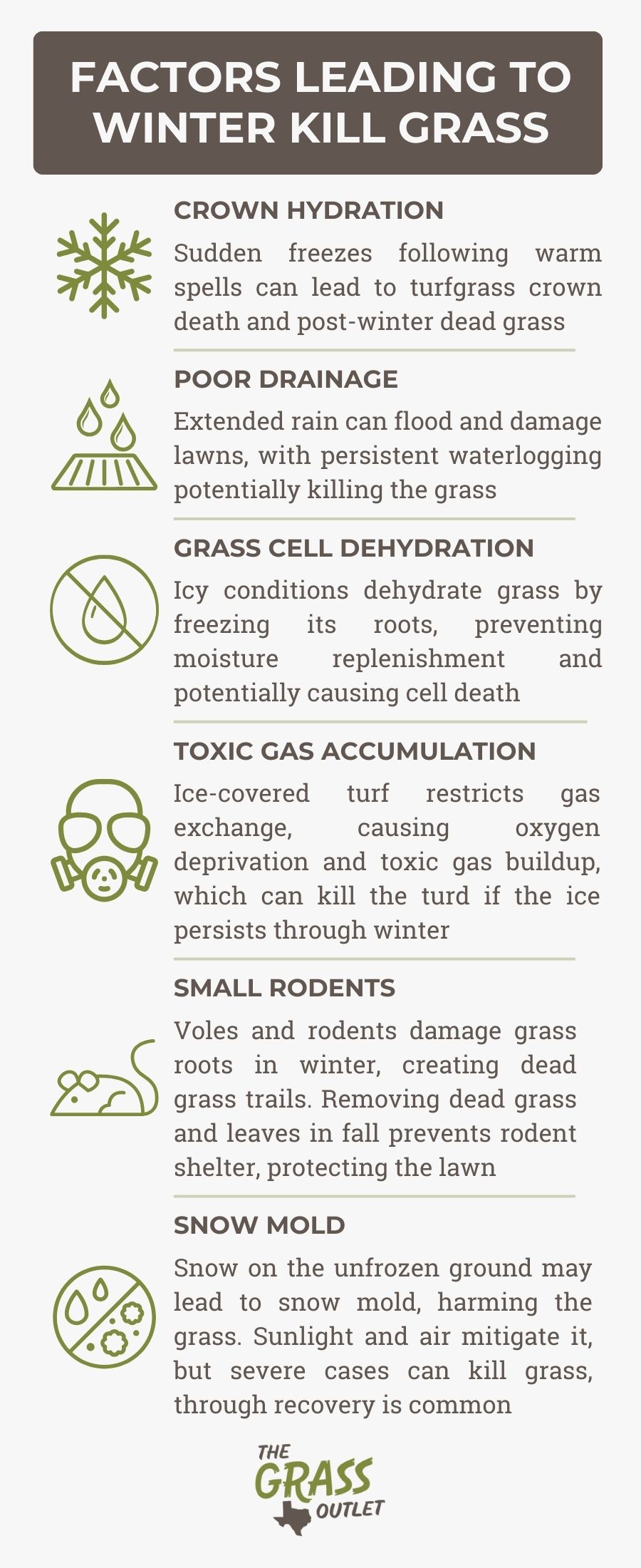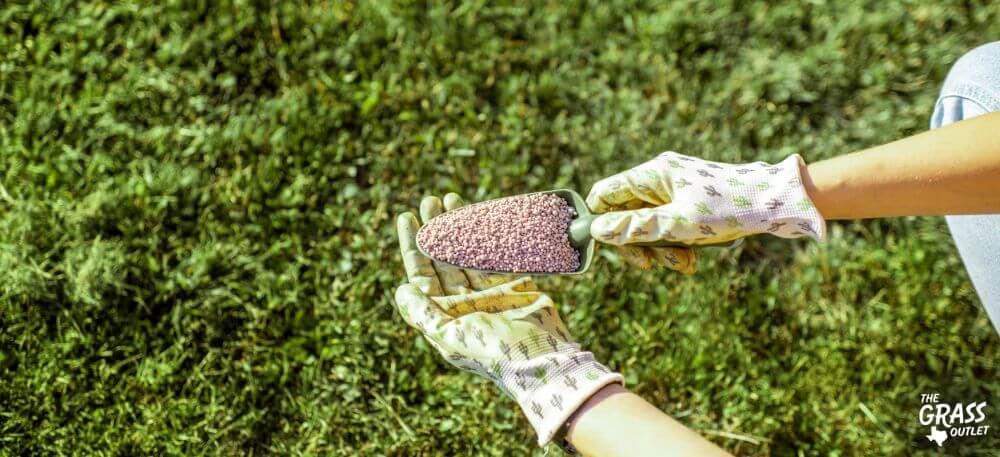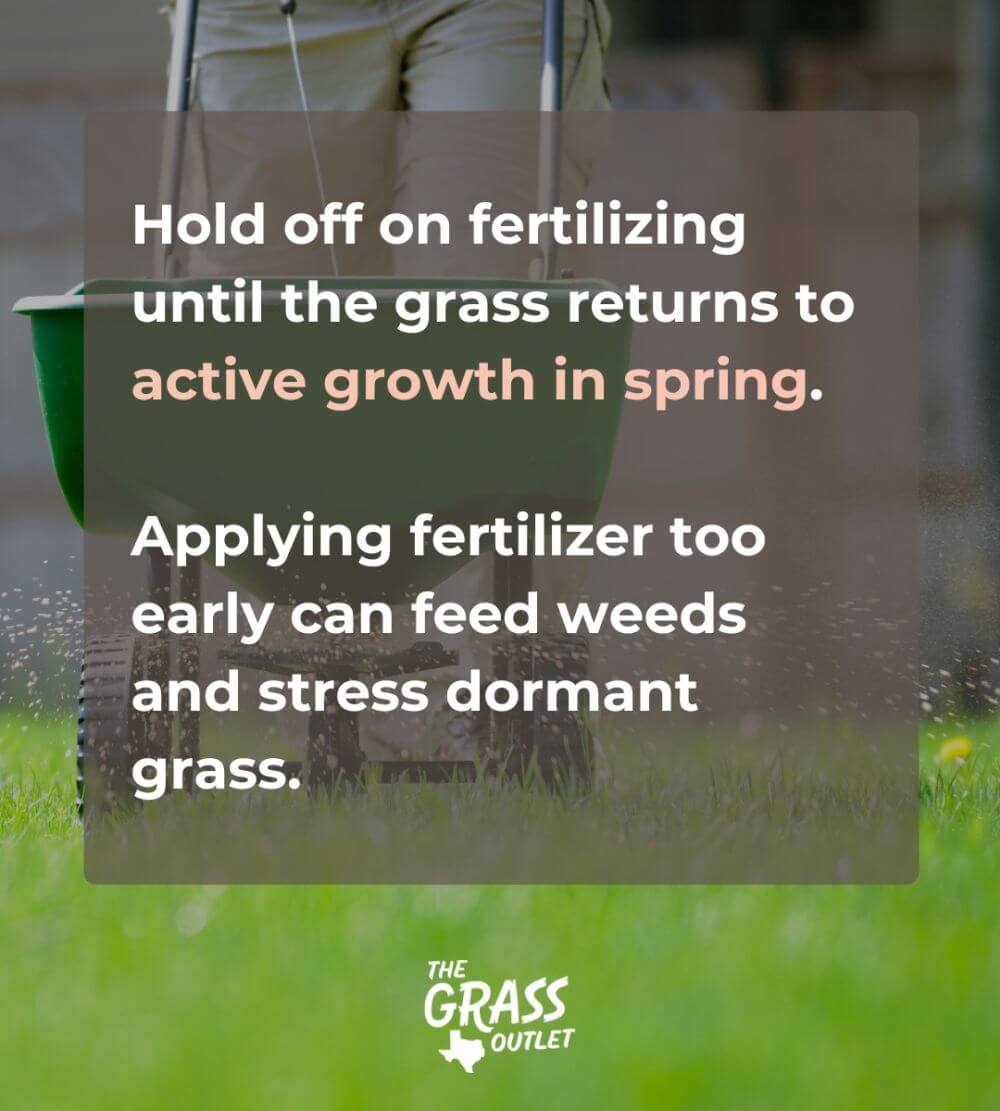Does Grass Die In Winter, And What Should You Do About It?
Introduction
What happens to grass during the winter? Why does grass turn brown, and does this imply that the grass died?
It is a regular, natural occurrence for grass to stop growing, become brown, and enter a dormant phase in the winter. However, the belief that brown grass means its death is a common misconception. This article will explore the reasons behind winter grass transformations, ways to avoid winter lawn issues, and the difference between dormant and killed grass, offering some tips for winter lawn care.

Understanding Grass Dormancy
Grass dormancy is a natural lawn process triggered by cold weather. During this period, grass stops growing and appears discolored and thin, but this doesn’t mean its demise.
Dormancy is a protective mechanism that allows the grass to save energy, adapting to endure freezing temperatures and lack of available nutrients. Grass initiates dormancy in late fall or early winter when temperatures consistently dip below 60℉. Various factors, such as grass and soil type or tree coverage, contribute to the precise timing of your lawn entering dormancy.
Factors Leading to Winter Kill Grass
Many reasons cause grass to experience severe damage or death during the winter. To understand how to prevent your grass from dying in winter, let’s see what leads your lawn to these extreme situations.

Crown Hydration
If a sudden freeze follows warm weather, turfgrass crowns may be killed, often leading to the appearance of dead grass after winter. Unfortunately, there are limited methods to prevent crown freezing. For those in borderline climate zones experiencing frequent crown freeze issues, it might be beneficial to consider planting cool-season turfgrass.
Poor Drainage
Prolonged periods of rain can cause the soil to reach its maximum water absorption capacity, leading to saturation and waterlogging. In extreme situations, this can cause the lawn to be flooded and submerged. If the waterlogging persists, it can lead to significant distress for the yard, and in the most severe cases, it may even result in the lawn dying.
Grass Cell Dehydration
In icy conditions, grass loses moisture and oxygen. The frozen roots cannot replenish the moisture drawn away by the cold, leading to potential cell dehydration and, possibly, death.
Toxic Gas Accumulation
When a layer of ice covers turf, gas exchange decreases between the turf trapped under the ice and the atmosphere. It prevents the turf from using available oxygen while respiring, accumulating harmful gasses like carbon dioxide or butanol. The presence of these toxic gasses and the lack of oxygen can result in the death of the turf, especially when ice layers persist for months over the winter period.
Small Rodents
Voles and other rodents can cause significant damage to grass roots during the winter. This damage is easily recognized by the trails of dead grass they leave on lawns, revealing areas where they have entirely consumed the grass. To prevent rodents from causing this kind of damage, it is essential to clear away dead grass and fallen leaves in the fall, as these materials provide shelter for rodents.
Snow Mold
When substantial snow accumulates on the ground that has not yet reached a cold temperature, such conditions may encourage the development of various fungal diseases known as snow mold.
Snow mold manifests as gray or pink snow mold. The pink variation is more severe and can harm grass shoots and roots. Typically, snow mold may disappear from the drying effects of sunlight and breezes as the lawn dries out. The grass may perish when the turf has been infected for an extended period, but most grasses will gradually recover naturally.
Dead Grass vs. Dormant Grass
Detecting dead grass can be challenging, especially when it often enters a dormant phase, so knowing the difference between these two states is crucial. As we explained, dormancy is a natural state during which grass temporarily stops growing but will grow back once warmer temperatures and proper watering return.
However, dormant and dead grass often show similar visual characteristics, complicating their differentiation. A simple tug test can help to notice distinction: grasp a section of brown grass and pull. If it comes out effortlessly, the grass is dead; if there’s resistance, it is likely dormant.
Another way to acknowledge if the grass is dead or dormant is to follow its color after the expected return of healthy green growth in the spring. If patches of lawns remain brown or bare, it is clear that the impact of winter is fatal to grass.
Since distinguishing between dead and dormant grass by sight alone is tough, do not hesitate to seek assistance from The Grass Outlet team. On our website, you can find seasonal grass care tips for lawn maintenance.

Types of Grass and Their Winter Behavior
To maintain your lawn properly and protect it from heavy winter conditions, you must know how a particular grass reacts to cold.
Southern regions favor warm-season grass varieties like Bermuda grass due to their resilience in prolonged periods of high temperatures. During the winter, these grasses enter dormancy, which serves as a survival mechanism, allowing them to withstand unfavorable environmental conditions until more suitable conditions resume.
On the other hand, northern regions mostly plant cool-season grasses, such as Kentucky bluegrass. While homeowners with warm-season lawns worry about potential winter damage, cool-season grasses exhibit greater resilience in harsh winter conditions and are likely to survive. During dormancy, the growth of warm-season grasses stops, and the winter lawn may appear dull or lose its green color, but this doesn’t indicate death. The crucial aspect of lawn care is ensuring your lawn enters a healthy dormant state during winter.
Preventing Winter Damage to Grass
What can you do to prepare your lawn for winter? One of the most important things is to plan during the fall by focusing on watering, mowing, and fertilization. It helps your lawn to survive winter and spring back to life. Here are some tips & tricks for doing that.

Start by cleaning your lawn and removing leaves, logs, debris, and weeds. Before the first frost, mow the lawn slightly shorter than usual to enhance sunlight exposure and protect against winter damage. Trimming the grass to a shorter length before cold weather helps prevent the snow mold from forming and boosts the development of deeper roots.
Apply autumn lawn feed with higher phosphorus and potassium to “winterize” the grass and replenish nutrients that have been diminished during summer, ensuring the grass remains healthy and the roots are strong during winter. Adjust irrigation to match decreased water requirements as temperatures drop, preventing potential harm from overwatering. For grass prone to winter kill, aerate during the growing season to avoid soil compaction before cold weather arrives.
Reviving Grass After Winter

You may also consider laying new sod for adequate recovery. It proves beneficial for repairing damaged areas, promoting the growth of lush green grass, and ultimately restoring vitality to your lawn.
Take care of weeds; they may have occurred over the winter. If unwanted weeds have appeared in a small section of your lawn, you can manually remove them or use some organic preparations to eliminate them. However, winter weeds typically die back when temperatures get warmer. Get in front of spring and summer weeds by applying pre-emergent herbicides.
Conclusion
Grass that seems lifeless during the winter is frequently dormant, but you can recover it appropriately, allowing it to restore a vibrant, green lawn. However, distinguishing between dead and dormant grass in the winter can be challenging.
If you’re having trouble recovering your lawn from winter damage, contact The Grass Outlet. We can help you determine if you need new grass sod and create a customized plan to meet your lawn’s specific needs.


